It is recommended to air dry the back of sweatshirts to reduce fabric damage and extend their lifespan. The original design intention of sweatshirts is to accelerate sweating through non breathable materials, suitable for short-term sports use, but long-term wear may cause skin problems or dehydration risks.
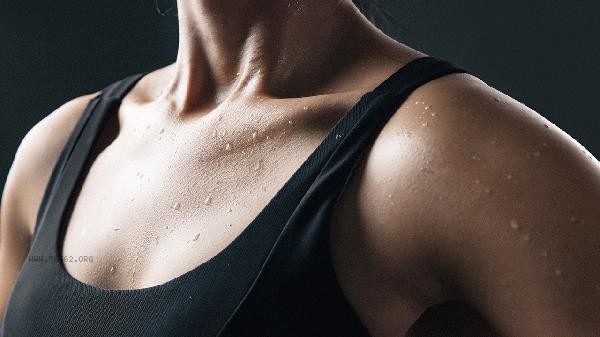
Sweat jackets are made of synthetic fabrics such as polyester fibers. Drying the back can prevent direct sunlight from aging the outer coating and prevent the inner moisture absorbing fibers from pilling due to friction. Sweating clothes in high temperature environments can quickly increase body surface temperature and promote sweat excretion, but excessive dependence may interfere with the body's natural heat dissipation mechanism, and electrolyte loss after exercise needs to be replenished in a timely manner.
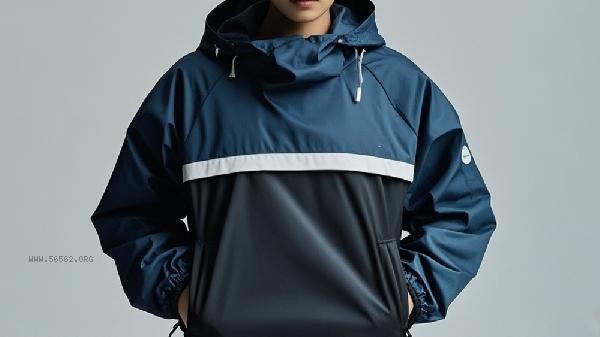
Some people may experience skin allergies or acne when using sweatshirts, especially sensitive skin that requires caution. Wearing for more than 30 minutes during exercise may cause abnormal heart rate, which should be avoided for patients with diabetes and cardiovascular disease. After daily cleaning, hang it in a ventilated place and let it dry in the shade to avoid the decrease of fiber elasticity caused by high temperature drying.
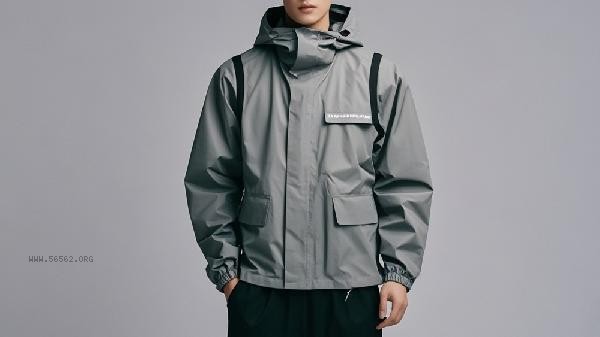
When using sweatshirts, the single wearing time should be controlled within 20 minutes, and dry clothes should be changed promptly after exercise. Paired with low-intensity aerobic exercise for better results, it is not recommended as a daily weight loss method. Choosing styles with silver ion antibacterial coating can reduce the risk of odor, and using neutral detergent during cleaning can maintain the functionality of the fabric. Before and after exercise, it is necessary to supplement electrolyte drinks containing potassium and sodium to avoid continuous use in high temperature and high humidity environments.


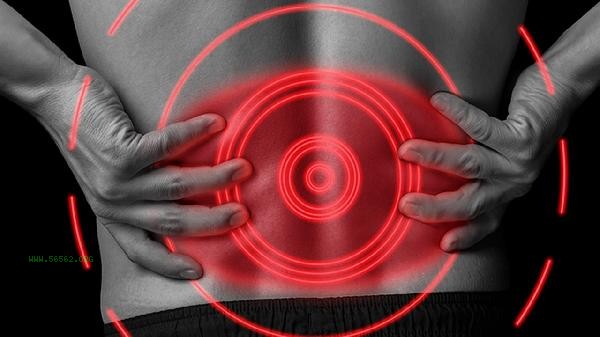
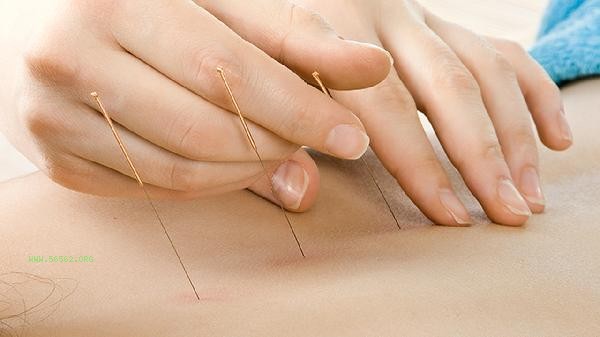




Comments (0)
Leave a Comment
No comments yet
Be the first to share your thoughts!